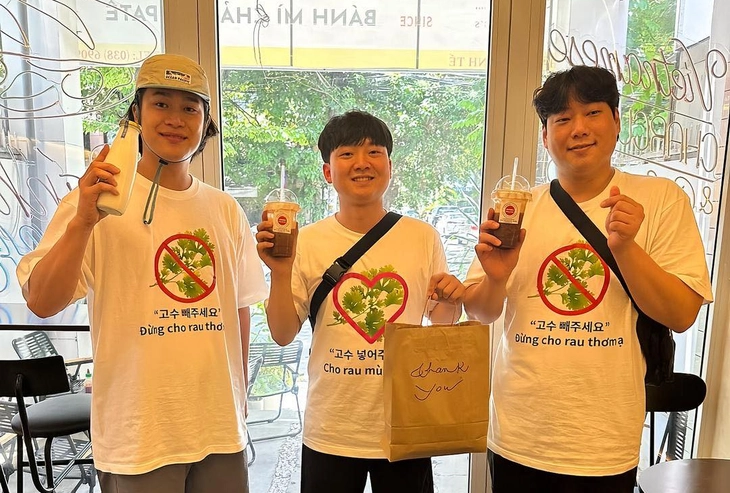
Three Korean tourists wearing T-shirts "divided sides" about coriander - Photo: @grandmavuongs
On July 21, the image of three Korean tourists wearing T-shirts printed with the words "Don't put herbs" and "Please put coriander" suddenly became a hit on social media.
This funny story was shared by a bakery in Da Nang with Instagram account @grandmavuongs.
Why do Koreans hate coriander?
In the series of photos posted, two guests wore shirts with the symbol of banning coriander leaves. In complete contrast to his friend, the other person wore a shirt with a heart embracing coriander, expressing his passionate love for this controversial vegetable.
"Three Korean guests, each on a different side of the coriander spectrum, visited our sandwich shop. I must say... they made it very clear to Mrs. Vuong who was on the coriander team and who was on the non-coriander team" - this page humorously wrote.
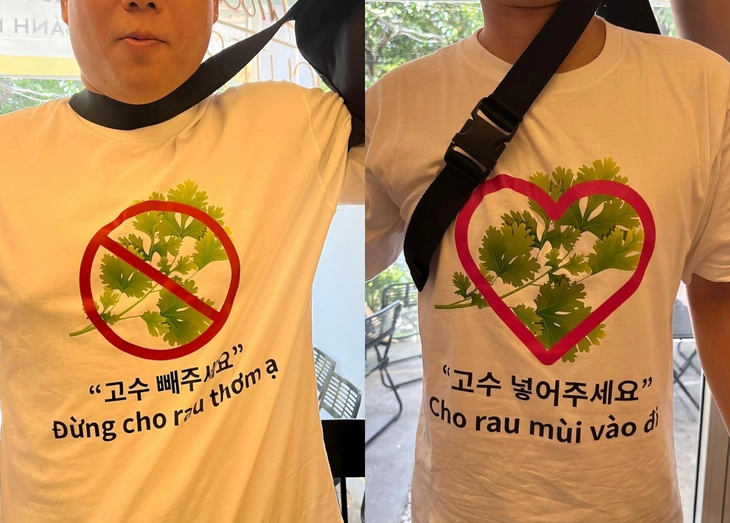
Coriander lovers and coriander haters clash - Photo: @grandmavuongs
That lovely contrast quickly made netizens excited, laughing and sympathizing with the familiar "coriander war" of many culinary enthusiasts.
"I don't know how it is in Korea, but when I went to Japan, they consider coriander like durian or shrimp paste in our country. Some people can eat it, some people can't"; "The guy in the middle can eat it, and he has a heart too. He's so cute";
"So cute, Vietnamese bread is increasingly rising on the world culinary map"; "I can't eat coriander either, I'll probably have to buy a shirt to wear"; "My Korean brother really likes coriander, it depends on the person"... - some comments from netizens.
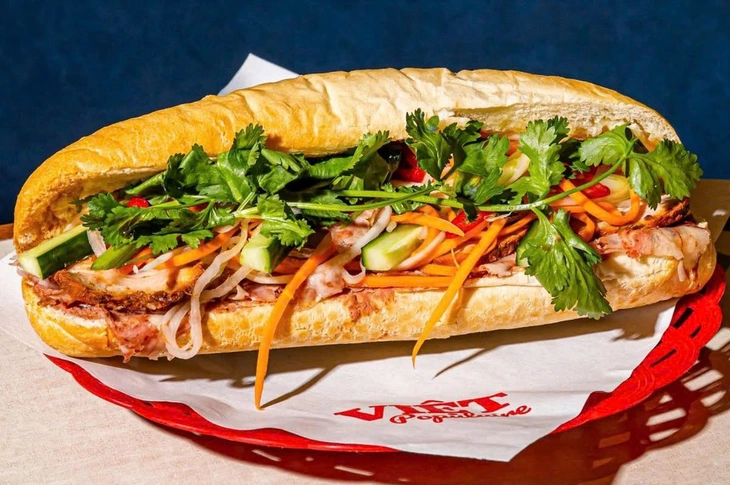
Vietnamese sandwiches often have coriander to enhance the flavor - Photo: SECRETLDN
According to Naver , the phrase "No cilantro, please" has become a familiar catchphrase for many Korean diners when going to Southeast Asian restaurants, in order to avoid dishes with flavors they cannot stand.
According to some historical documents, coriander began to appear in Korea during the Goryeo period (10th - 14th century) with the name gosu or bindaepul.
However, despite its long history, coriander has never really become popular in Korean daily meals.
Only a few areas such as northern Paju (Gyeonggi Province) or Ganghwa Island use cilantro more frequently and popularly. In fact, the number of Koreans who like cilantro is still much smaller than those who cannot stand the distinctive taste of this herb.
Naver newspaper explains that the reason why many Koreans hate coriander comes from genetic factors.

Comedian Moon Se Yoon had a very strong reaction after eating lamb skewers with coriander - Photo: Naver
A 2012 study in the UK showed that people who find coriander unpleasant often carry a gene mutation in the olfactory receptor called OR6A2, a gene that helps detect aldehyde odors.
This chemical compound is also commonly found in soaps or dishwashing liquids, which explains why cilantro's distinctive scent makes many people feel like they are smelling soap or detergent.
Notably, the rate of Koreans carrying this gene mutation is much higher than in many other countries. This explains why most Koreans find cilantro to have an "unpleasant" smell and find it difficult to accept in dishes.
Source: https://tuoitre.vn/khach-han-quoc-me-banh-mi-viet-ma-ghet-rau-mui-mac-ao-de-tuyen-ngon-20250721120150196.htm






![[Photo] Urgently help people soon have a place to live and stabilize their lives](/_next/image?url=https%3A%2F%2Fvphoto.vietnam.vn%2Fthumb%2F1200x675%2Fvietnam%2Fresource%2FIMAGE%2F2025%2F12%2F09%2F1765248230297_c-jpg.webp&w=3840&q=75)

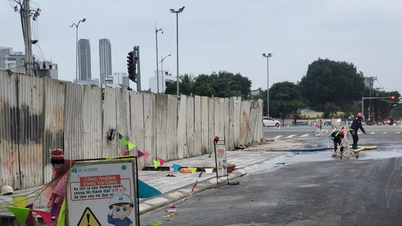



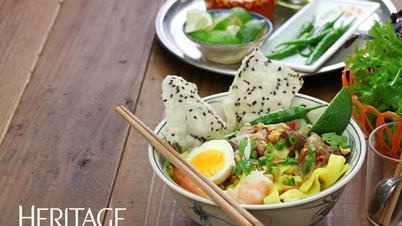

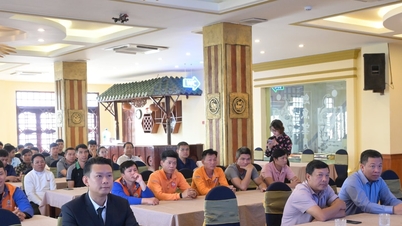

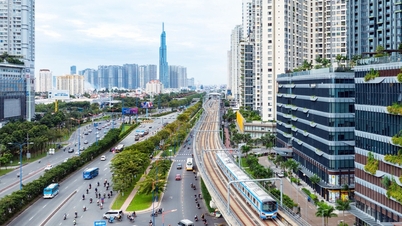
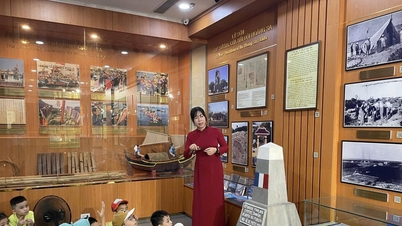

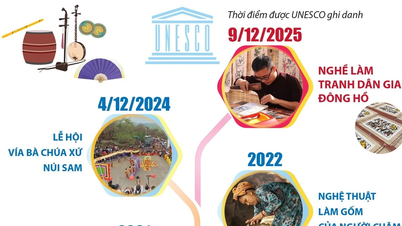

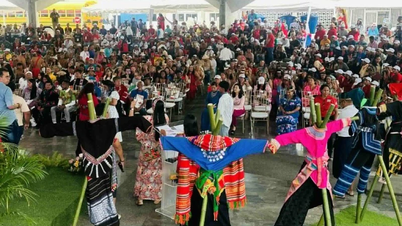

















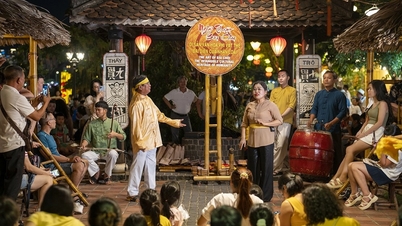

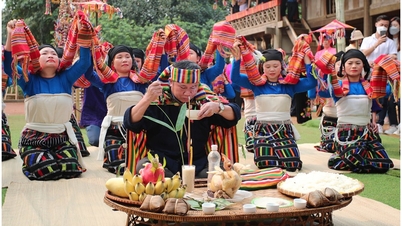


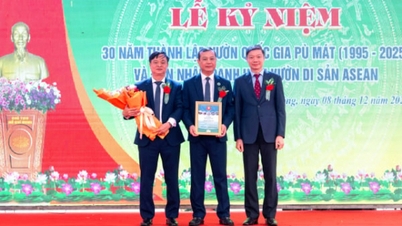


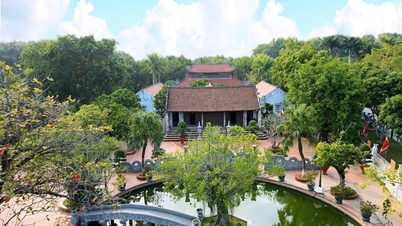
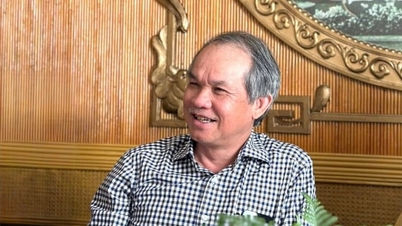



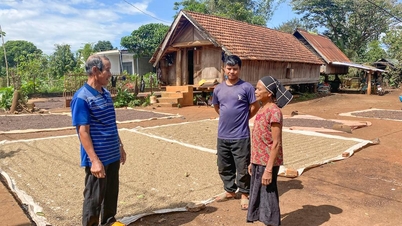



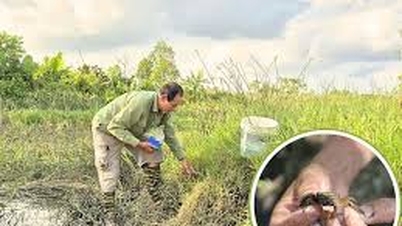









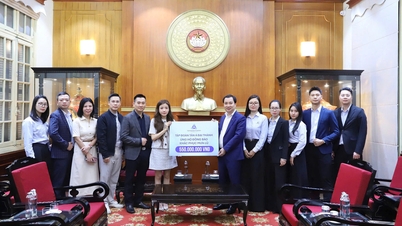










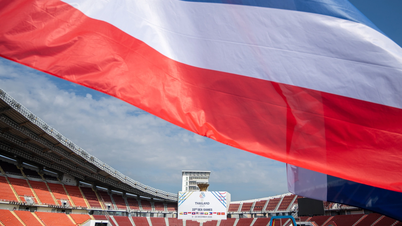



![[Photo] General Secretary To Lam works with the Standing Committees of the 14th Party Congress Subcommittees](https://vphoto.vietnam.vn/thumb/402x226/vietnam/resource/IMAGE/2025/12/09/1765265023554_image.jpeg)



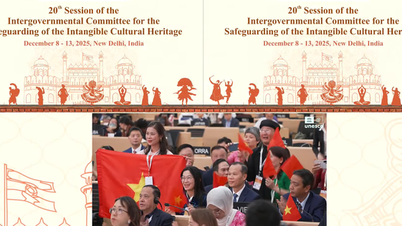

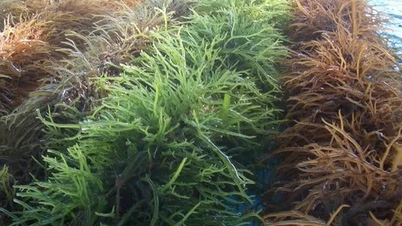
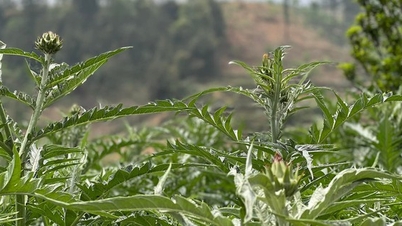
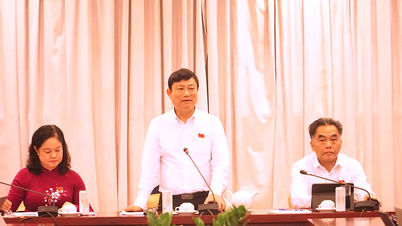
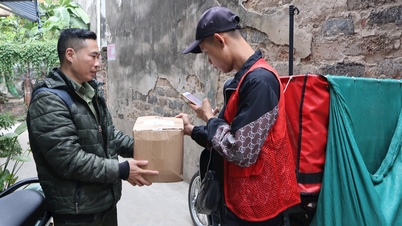

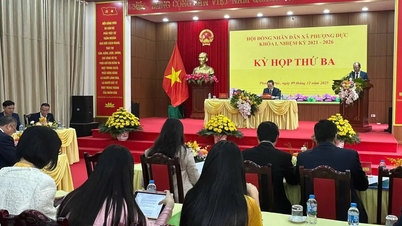
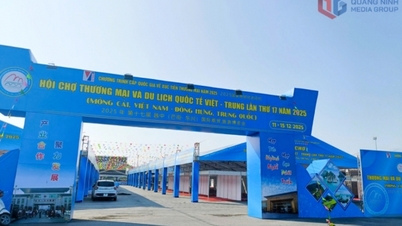
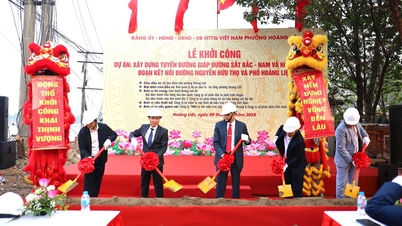


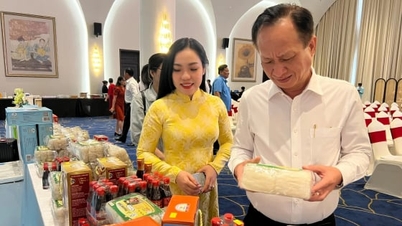















Comment (0)